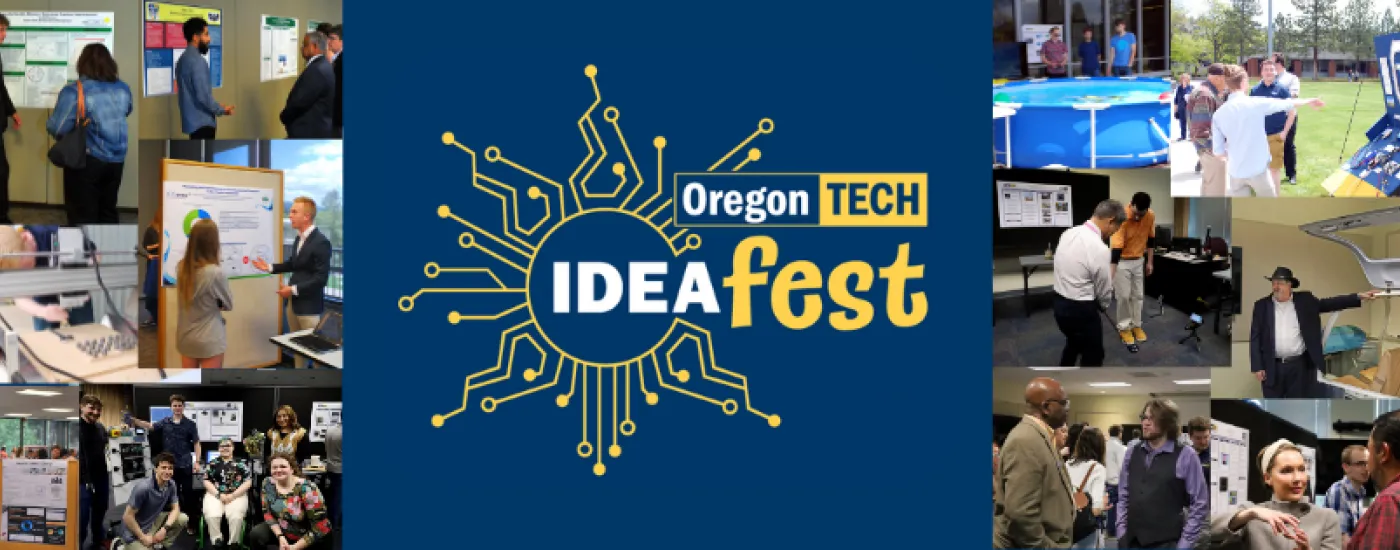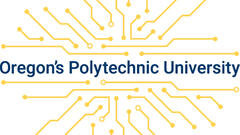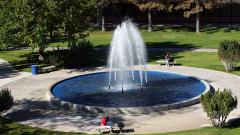
The 2025 IDEAfest
IDEAfest 2025 is ready to launch
Create Your IDEAfest Poster!
Contact For Student Participants
Past Projects
Past Websites
Check back here for more updates!
Wednesday, June 4 | 4:00 pm - 6:30pm | Student IDEAfest | Portland-Metro
Portland-Metro Campus: Rooms 120, 122, 124
Get directions to our event! Parking is free in any space labeled "OT".
| Event | TIme | Description & Details |
|---|---|---|
| PROJECT | DESCRIPTION |
Friday, June 6 | 9:00am-12:00pm | Student IDEAfest | Klamath Falls
| Project | Name | Project Information |
|---|---|---|
| Project | Name | Project Information |
|---|---|---|
| Project | Name | Project Information |
|---|---|---|
Friday, June 6 | 1:00-4:00pm | Faculty & Staff Research Symposium
| University Research Committee General Sessions | |||
|---|---|---|---|
| Event | Location | Time | Facilitators |
| Oral Presentations | 1:00-2:30 pm | ||
| Poster Session and Reception | 2:30-4:00 pm | ||
For the Faculty and Staff Research Symposium Schedule, Presentations, and Zoom Links, click here:
Faculty and Staff Research Symposium Information






